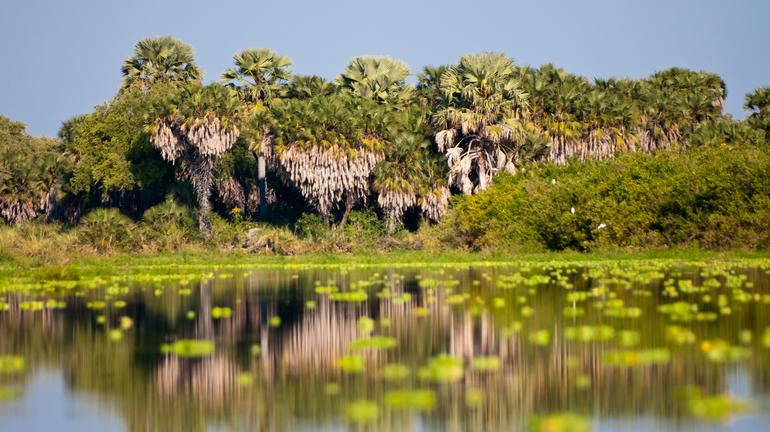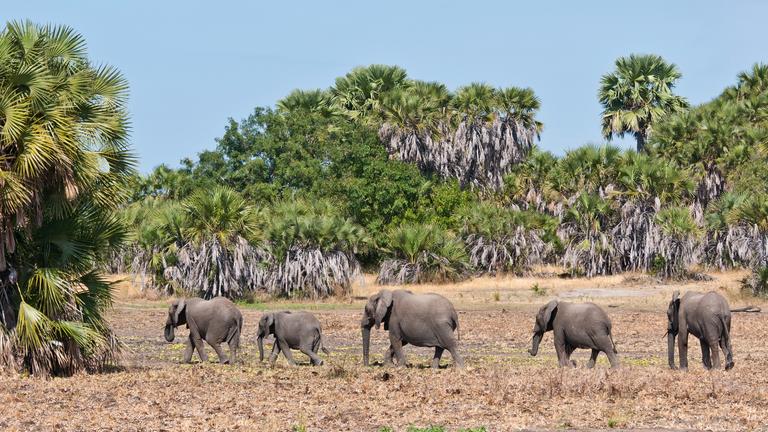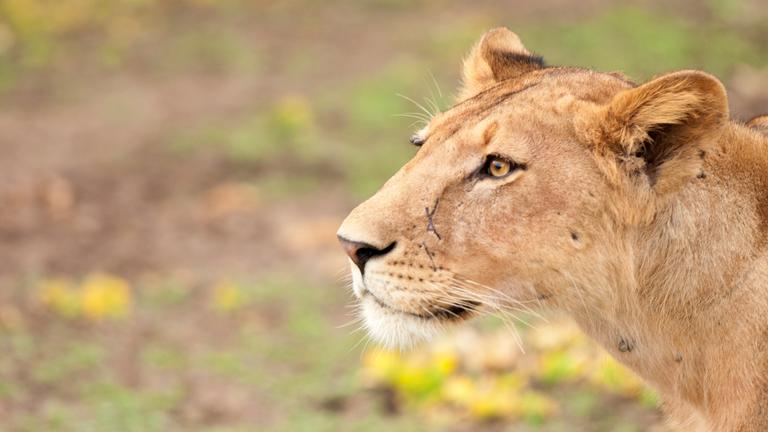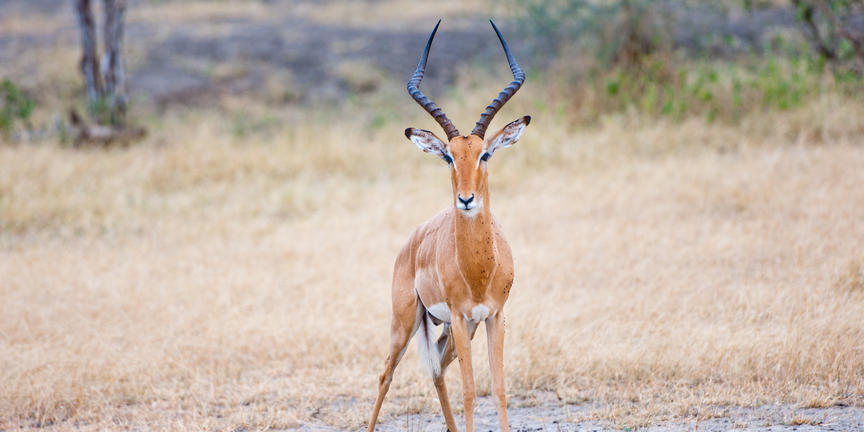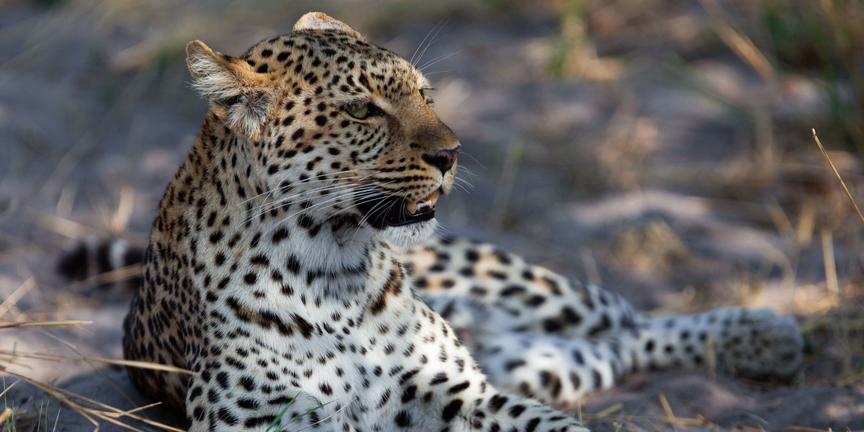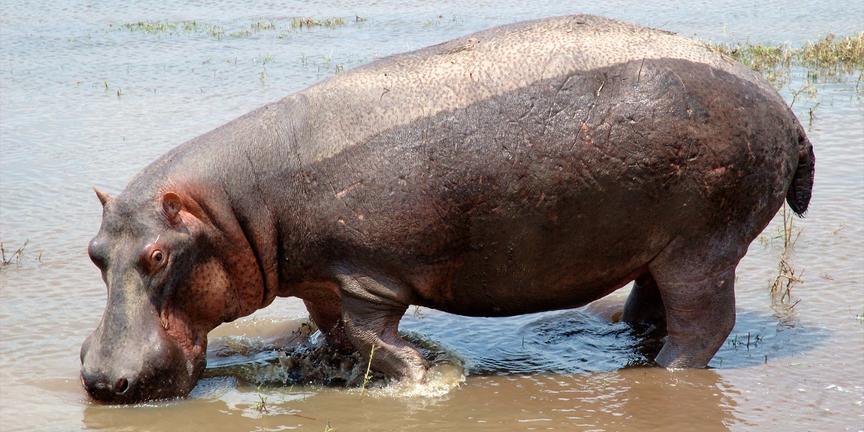Nestled within the captivating landscapes of Tanzania, Lake Duluti emerges as a serene gem that encapsulates the natural beauty of the region. With its tranquil waters and lush surroundings, the lake offers a haven of tranquillity and a respite from the hustle and bustle of daily life. Lake Duluti's allure lies in its scenic vistas and serene ambience. The calm waters mirror the surrounding greenery, creating a picturesque scene that evokes a sense of serenity. The lake's location at the foot of Mount Meru adds an extra layer of enchantment, as the towering peak provides a majestic backdrop to the tranquil waters.
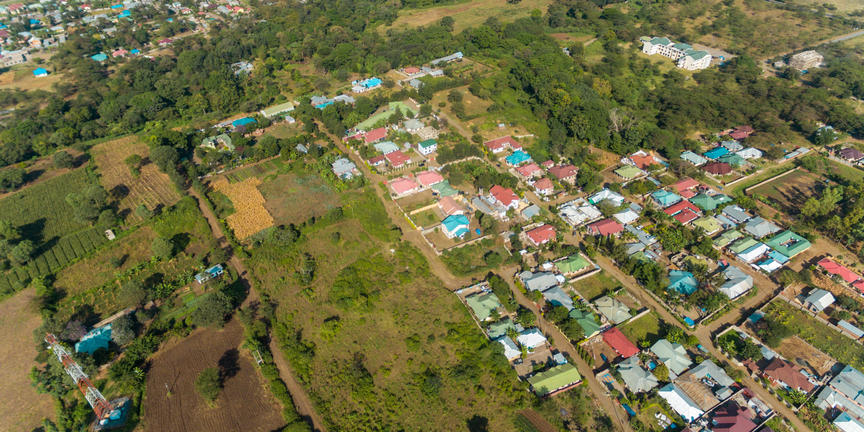
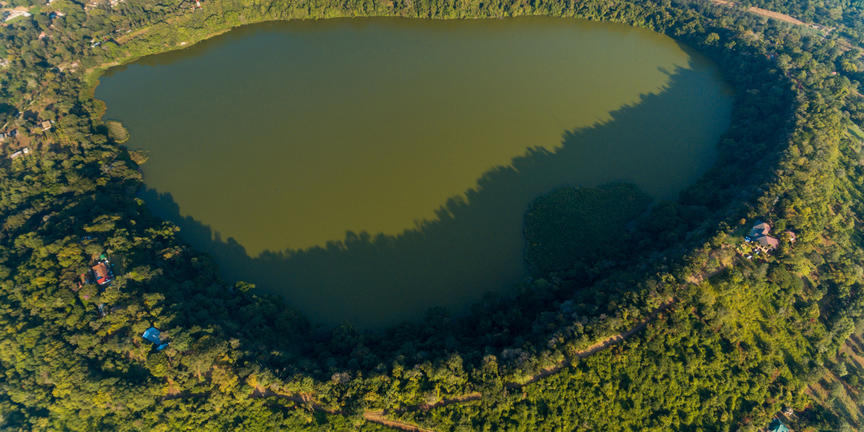
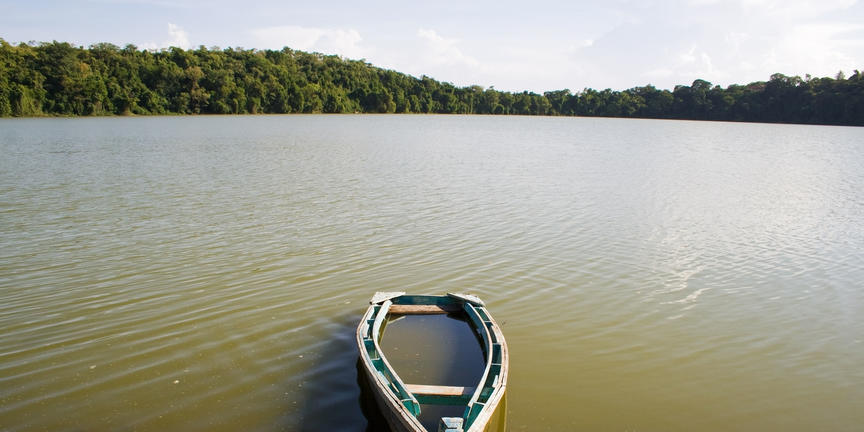


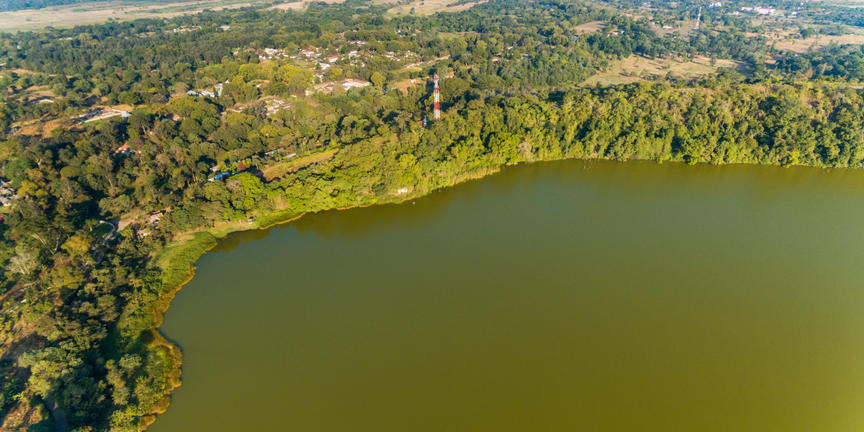
Situated in northern Tanzania, Tarangire National Park is a breathtaking safari destination famed for its dramatic landscapes and exceptional wildlife. Dominated by ancient baobab trees and the life-giving Tarangire River, the park provides sanctuary for vast herds of elephants, zebra, and wildebeest, alongside smaller groups of giraffe and impala, especially during the dry season when animals gather in extraordinary numbers. Travellers can look forward to thrilling game drives that reveal lion, leopard, and even cheetah, together with more than 500 bird species that make the skies shimmer with colour and sound. Unlike busier safari parks, Tarangire offers a more tranquil, intimate atmosphere, allowing visitors to truly connect with nature. Its sweeping vistas, rich biodiversity, and sense of untamed wilderness make it an unmissable highlight of any Tanzanian adventure.
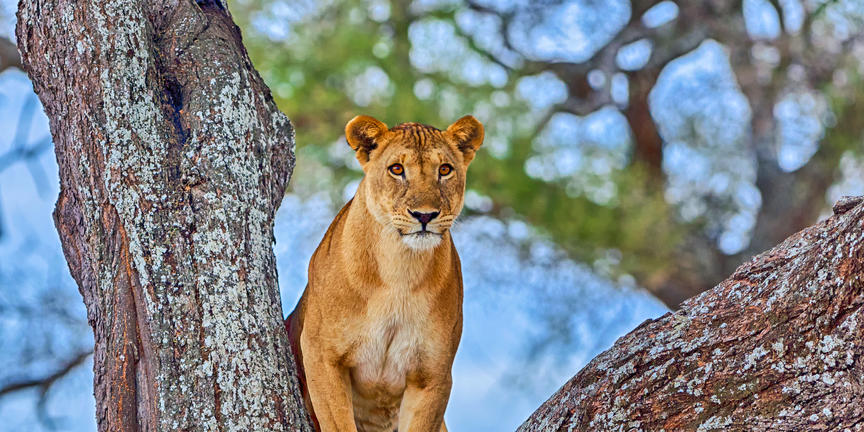
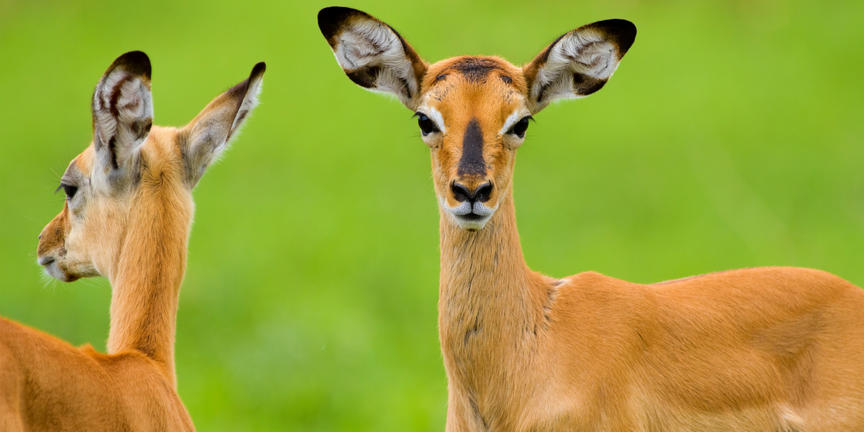
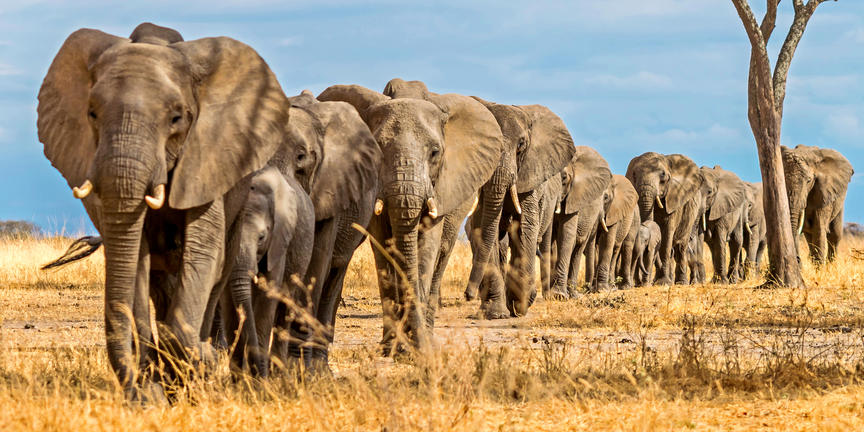
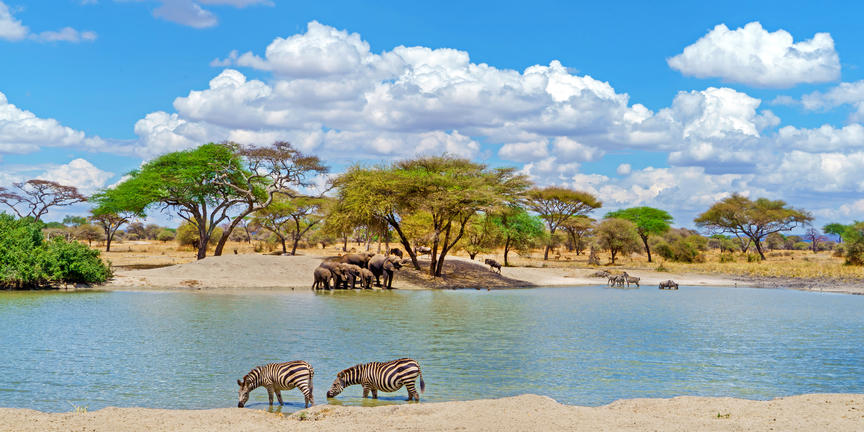
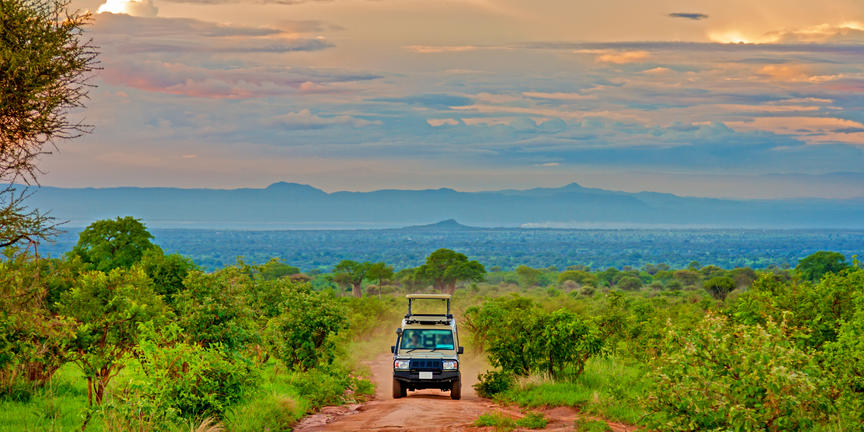
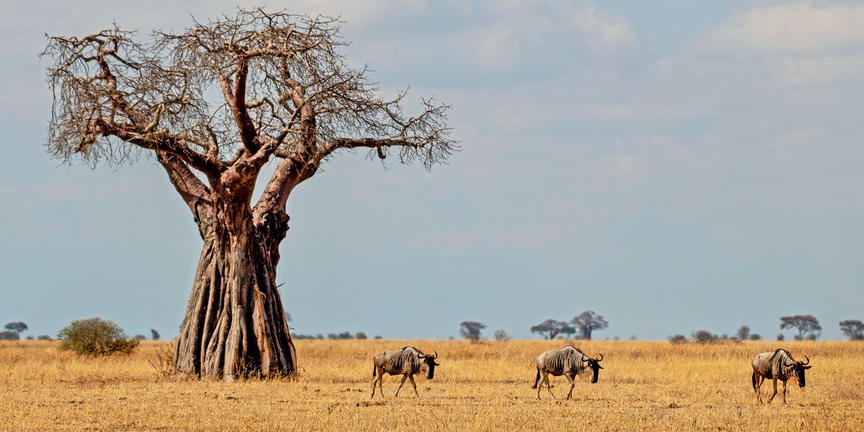
Bordering Kenya to the north, the Ngorongoro Region is known for its abundance of beautiful natural features. It encompasses the Ngorongoro Conservation Area, a UNESCO World Heritage Site; the spectacular Ngorongoro Crater, and the active Ol Doinyo Lengai volcano. Visitors can look forward to a variety of activities such as viewing the epic Serengeti wildebeest migration, visiting a local Maasai village, soaking up the remarkably diverse scenery and catching a glimpse of the magnificent bird and wildlife including over 500 bird species, all of the Big Five, as well as crocodile, hippo, zebra, antelope, lion, leopard, and cheetah. Don’t miss the opportunity to join a walking safari, enjoy thrilling mountain biking adventures and scenic trekking.
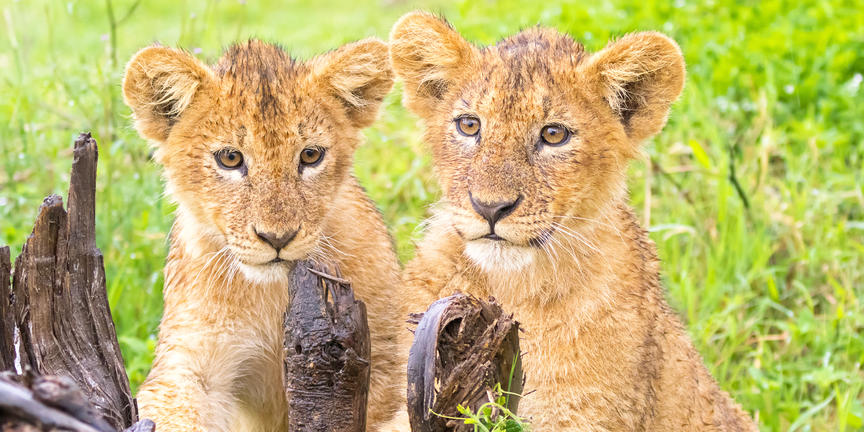
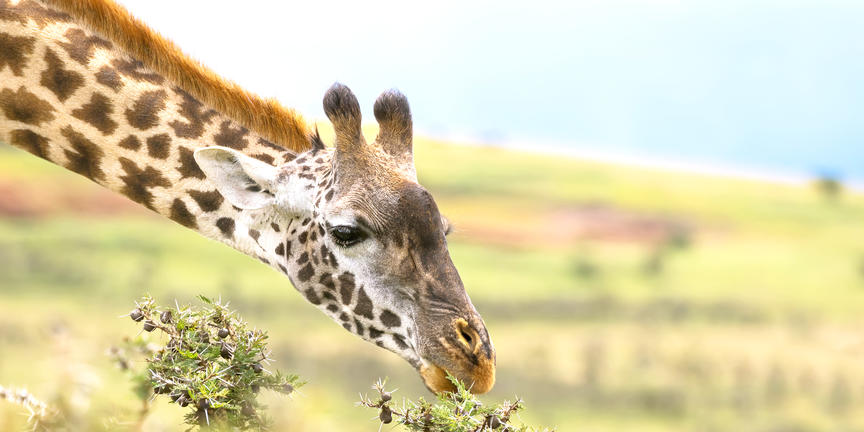
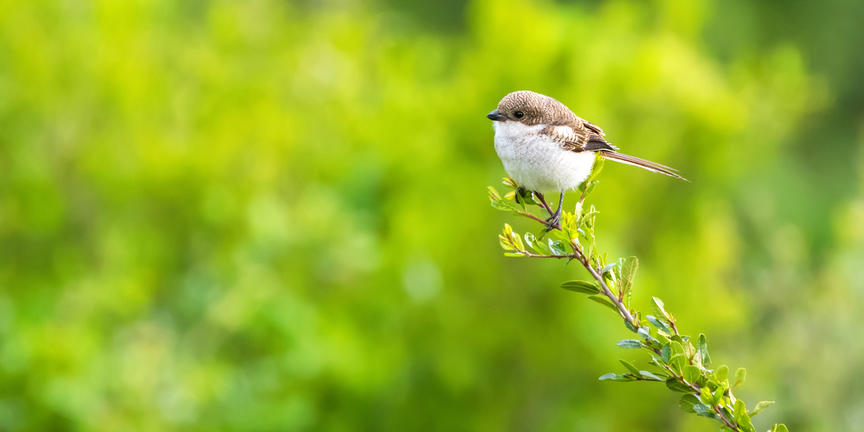
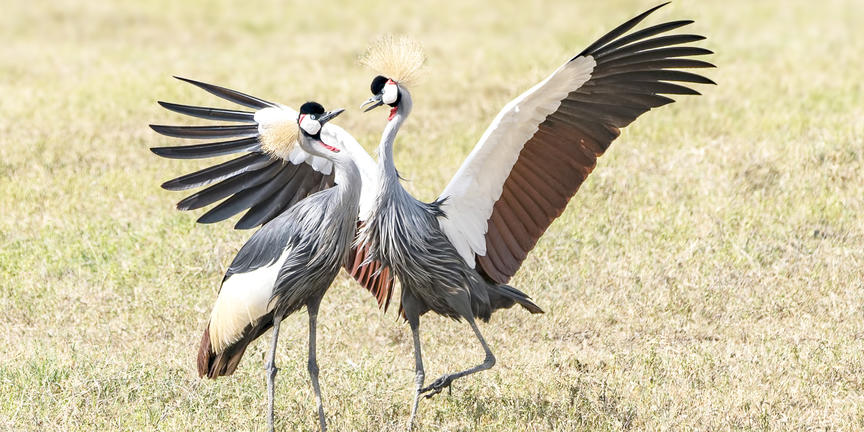
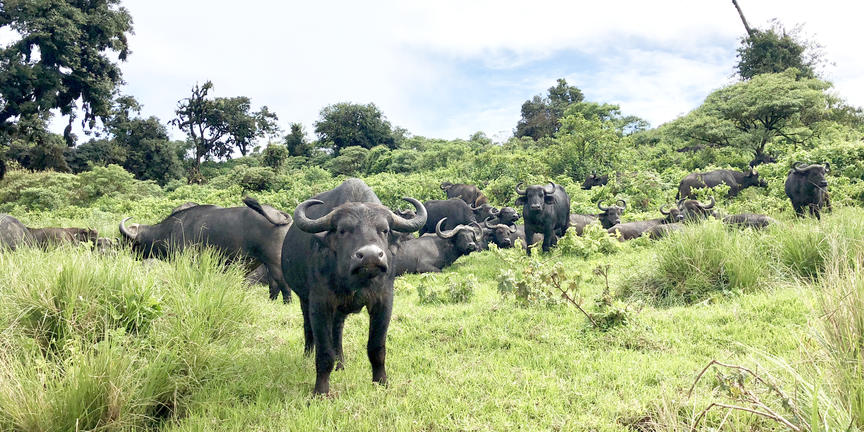
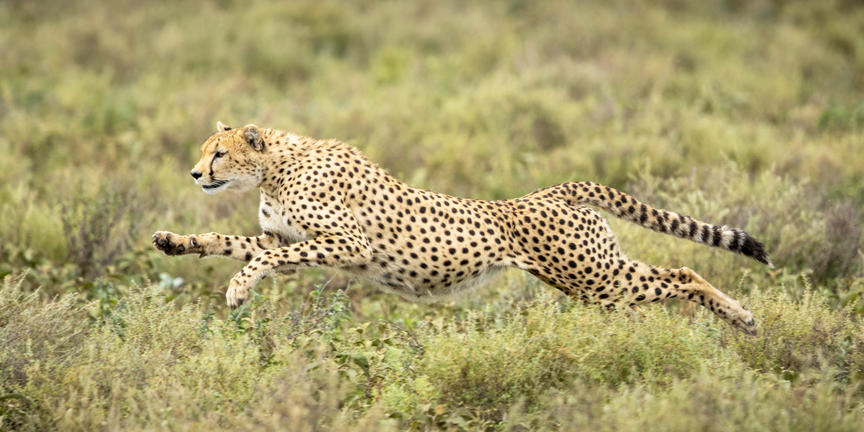
Northern Tanzania's Southern Serengeti, together with Kenya’s Masai Mara Game Park, form Africa’s most famous wildlife park. The image of acacia trees on an endless grass plain epitomises Africa for many. The annual wildebeest migration through the Serengeti and the Masai Mara is the largest mass movement of land mammals on the planet – with more than a million animals following the rains. Large prides of lions, and herds of elephants, giraffes, gazelles, and eland can be seen, making for some phenomenal photography opportunities. Hot air balloon rides provide further inspiration. Visitors can also look forward to cultural tours to delve into the rich heritage of the Masai people.
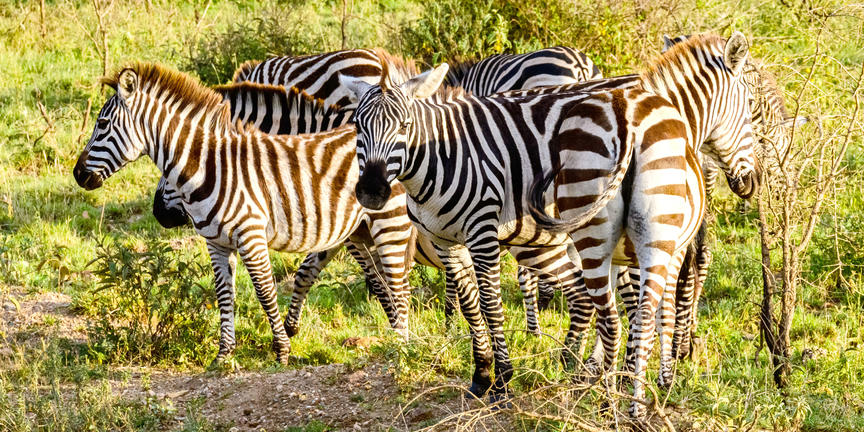
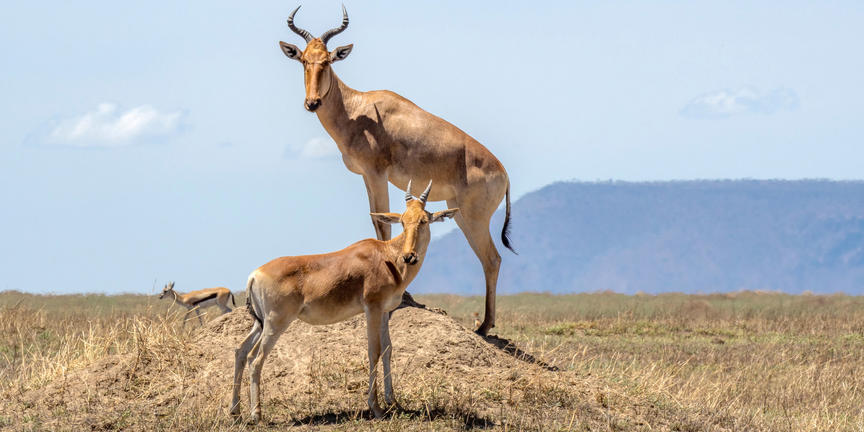
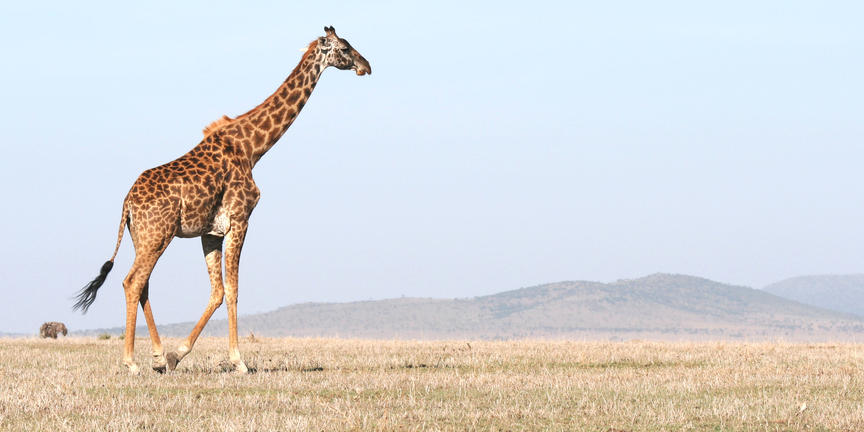
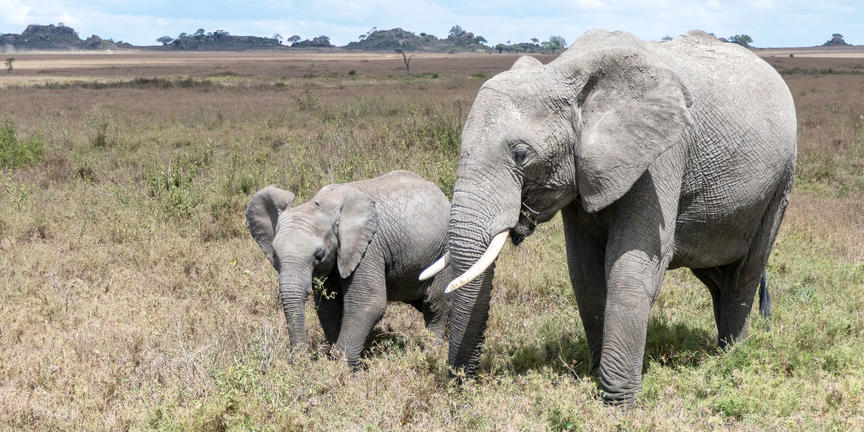
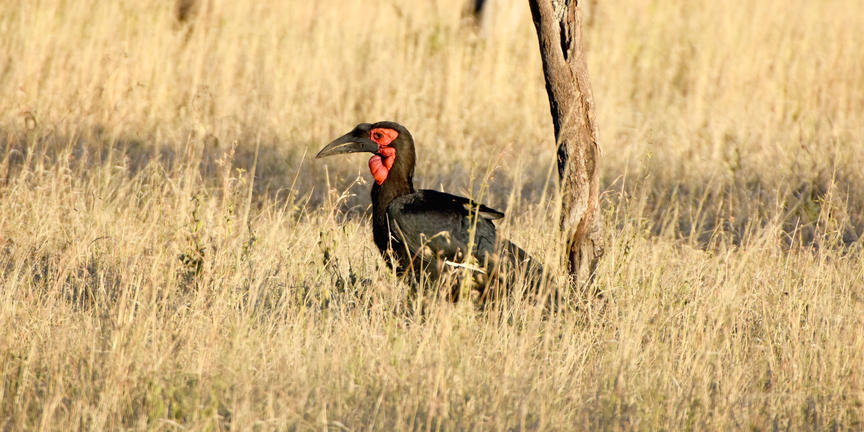
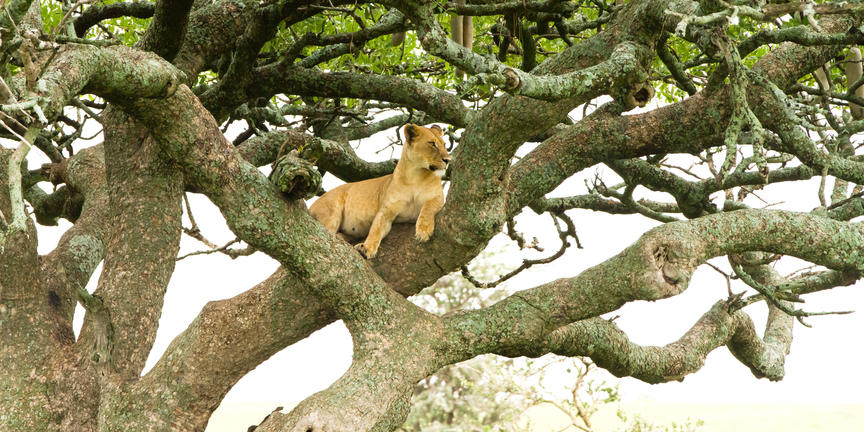
Following its 2008 merger with Usangu Game Reserve and other notable wetlands, Ruaha is counted among Tanzania's biggest national parks, spanning more than 20,000km². It is also a sizeable elephant haven and home to buffalo, huge populations of lion, leopard, and a profusion of bird species, including kingfishers, plovers, egrets, hornbills and sunbirds. Crocodiles and hippos thrive in the Great Ruaha River, which flows along the sanctuary’s eastern border and in the dry season between July and November, animals flock to the last remaining water sources, presenting an exceptional wildlife spectacle. There are a number of accommodation options available but some close for the wet season in March and April.







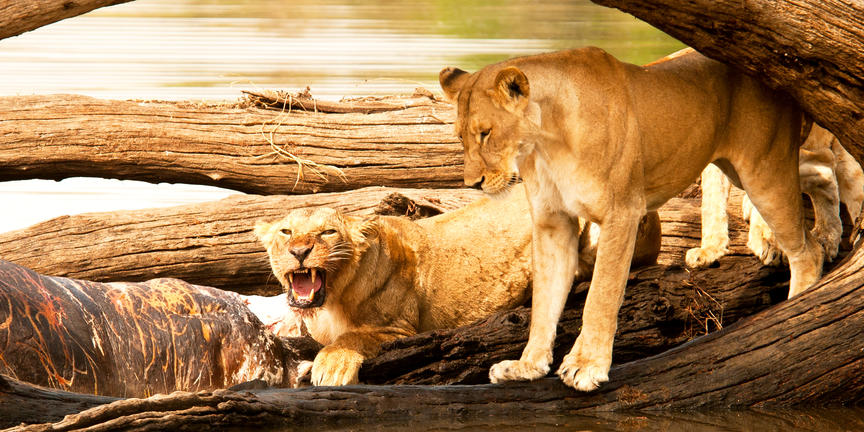
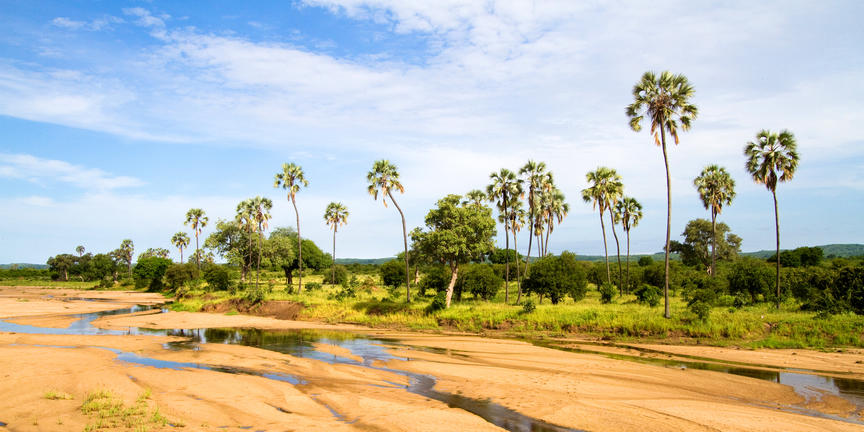
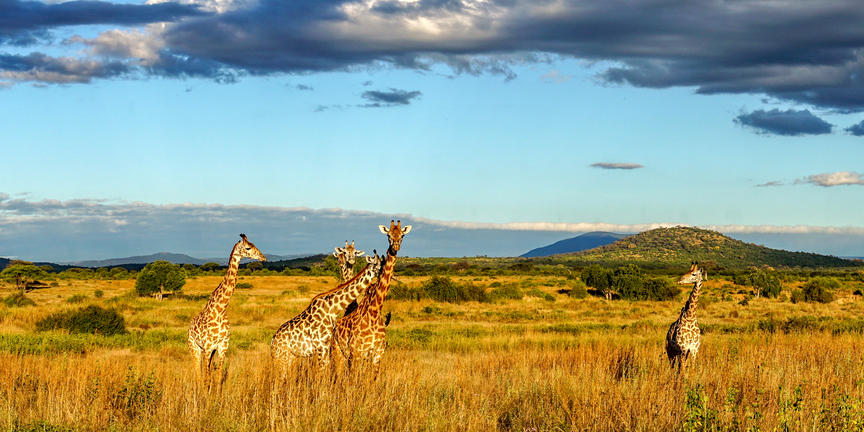
Situated just 300 kilometres from the capital, Mikumi is Tanzania’s fourth-largest park and one of its most accessible national parks. The landscape is characterised by low-lying wetlands flanked by mountains on either side. Diverse wildlife inhabits the park’s 3230-square-kilometre area, including lion, buffalo, buck, civet, crocodile, snake, lizard, hippo, zebra and even packs of wild dogs, which are seldom seen in other parts of the continent. The floodplain also supports over 400 species of bird, both resident and migratory species. Visitors can look forward to various activities including wildlife viewing, bird watching, visiting the educational and research centre, and viewing the massive collection of baobabs near Mbuyuni.





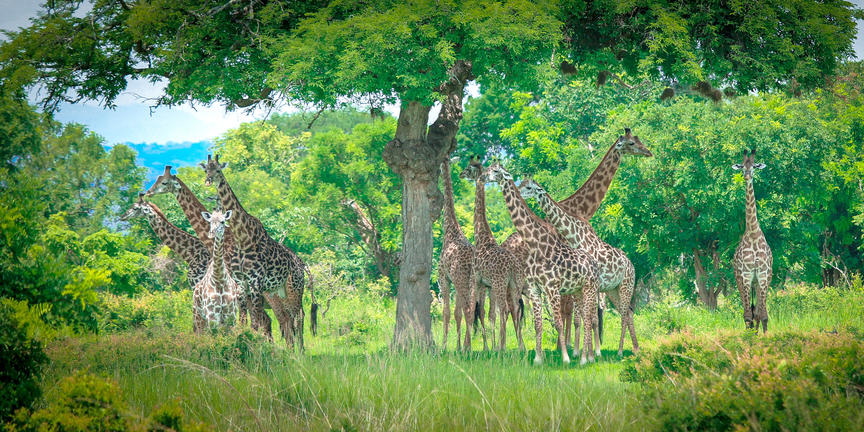
The remote and little-visited Selous Game Reserve covers more than 5% of Tanzania’s total area and is the largest of its kind in Africa. At an unbelievable 55,000 sq km it is almost twice the size of Belgium and four times larger than the famous Serengeti in the North. The Great Rufiji River and its tributaries are the lifeblood of the reserve, creating a network of forests and woodlands around the lagoons, sandbanks and lakes with tall palm trees adding to the scenic splendour. It is home to 2,100 species of plants, 350 species of birds, 60,000 elephant, 108,000 buffalos and an estimated 1,300 of the worlds’ roughly, 4,000 remaining rare wild dogs, giving guests an opportunity to catch a glimpse of these exotic animals in their true unspoilt wilderness. Popular activities include: boating safaris, walking safaris and fly camping.
